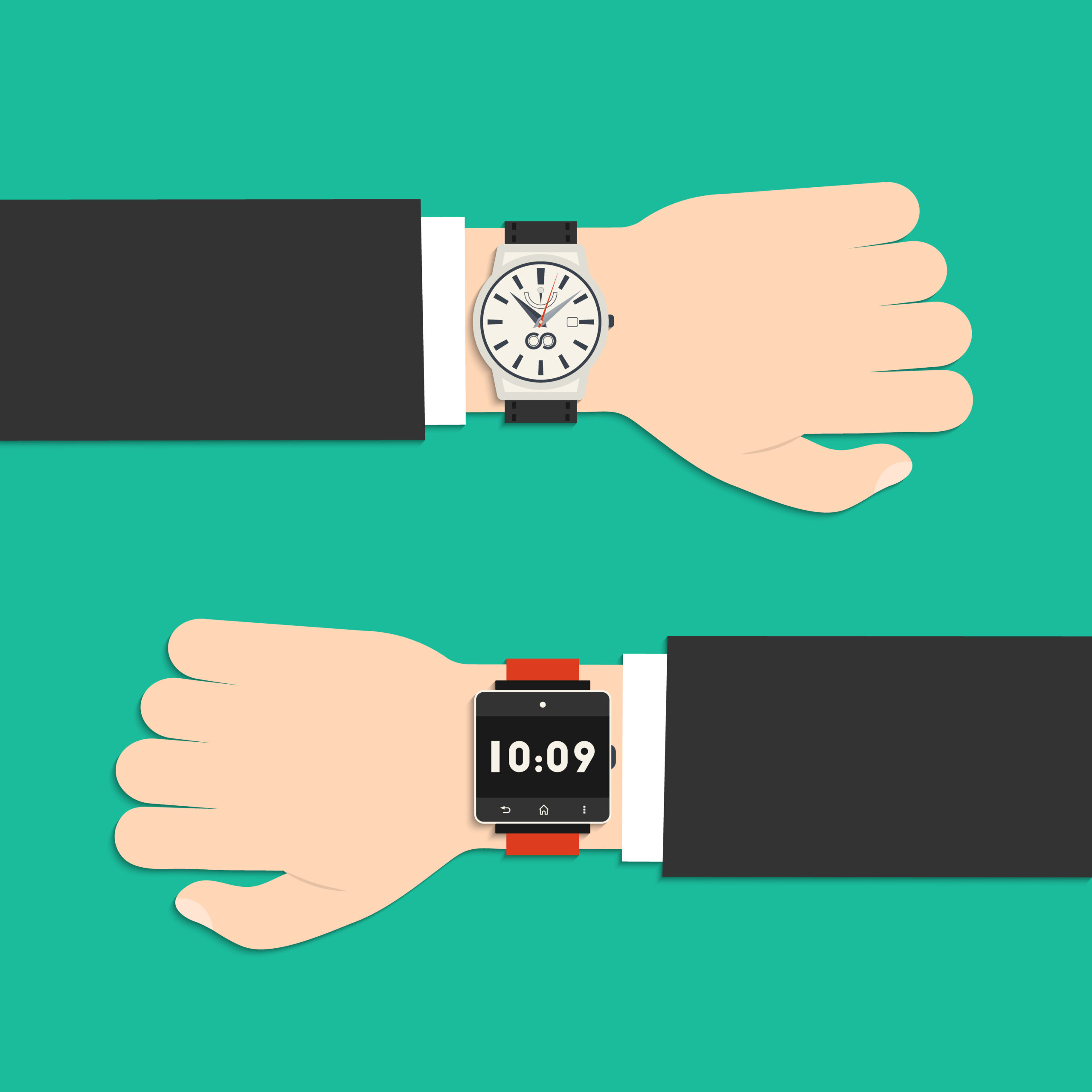It’s been an interesting week. We’ve just finished our book, Straighter: The Rules of Orthodontics and sent it to the printer, we’ve set a date for our first in person implementation course and we’ve spent a great deal of time brainstorming while considering the past as well as the future. By far the most interesting topic this weekend was the question of why orthodontists have such difficulty considering, much less implementing, new digitally based modes of treatment delivery. Here is a list of the impediments we see most often:
1. Cost – Not just money but time, stress, effort (mental/physical & perceived/real).
2. Fixed physical plant – Traditional offices are designed for analog delivery of care; this includes your building, equipment and employees.
3. Mindset – Fear, scarcity, change averse positioning.
4. Team resistance (real or imagined) – What will our team members think?
5. False sense of security – the current owner/operator model is by far the best and most stable but only if the owner/operator keeps up with the times.
6. Peer pressure – Birds of a feather don’t like difference.
7. Prejudging patients based on their membership in any given group. The “quality patient” mindset.
8. Career student mentality – For us, failure is the ultimate fear and any change brings the possibility of failure.
9. A love of technology and tech advances that appeal to us but a dislike of technology that appeals to consumers. Essentially we like what we like and they like what they like but these universes rarely overlap – and that’s bad for your office.
10. Fear of being sued.
11. A strong tradition of tradition.
Analog treatment modalities focus on treating fewer patients in a static location while charging high fees and setting policy based on the most difficult outliers in our patient pool. There is nothing inherently wrong with this but it’s inhibiting orthodontists’ share of the market while giving rise to widely held misconceptions like “the fewer patients I treat the better an orthodontist I am”. That’s like saying “the less I run the better a runner I am” but somehow this is entrenched in our collective unconscious. The digital treatment modality seeks to treat many more consumers for an attractive price in the most convenient and least invasive way. These two models are not diametrically opposed but we don’t see much common ground.
We know it’s possible to incorporate digital treatment delivery into your existing physical plant efficiently and profitably if you can attain the right perspective and mindset. Whether or not you do so or even consider the possibility is solely up to you.
Marc Ackerman
Ben Burris


Itching to know what this implementation course is about? 😳
Details to follow.
sign me up for a copy of the book, but i want it autographed. when will you put together a focus group to make the changes to our world move a little quicker and more widespread. i want to be a foot soldier in the army of change .
best, bill dabney
🙂
Somewhat interesting contradiction – an article about digital overtaking analogue, yet the lead paragraph describes an analogue process. 🙂
You’ll have to explain how it’s a contradiction. Thx.
Just poking a little fun at the mention of an analogue method of delivery (printer) when the content of the materials appears to focus on digital delivery methods…. maybe I’m the only one who sees the humor. Carry on..
Interesting perspective. Thanks for explaining. I can tell you that when we do the digital version of my magazine and when I did the digital version of my parenting book, both “went to print”(this is the terminology of the people in that business not mine). I guess it’s holdover language kind of like orthodontists doing deband as opposed to debond appointments. That being said I still also do paper copies of everything I write outside of OrthoPundit because most in the target audience want that. Have a great week.
Here’s a review of a recent book speaking to this supposed divided between digital and analogue https://www.nytimes.com/2016/12/05/books/revenge-of-analog-david-sax.html?mcubz=0
thanks!